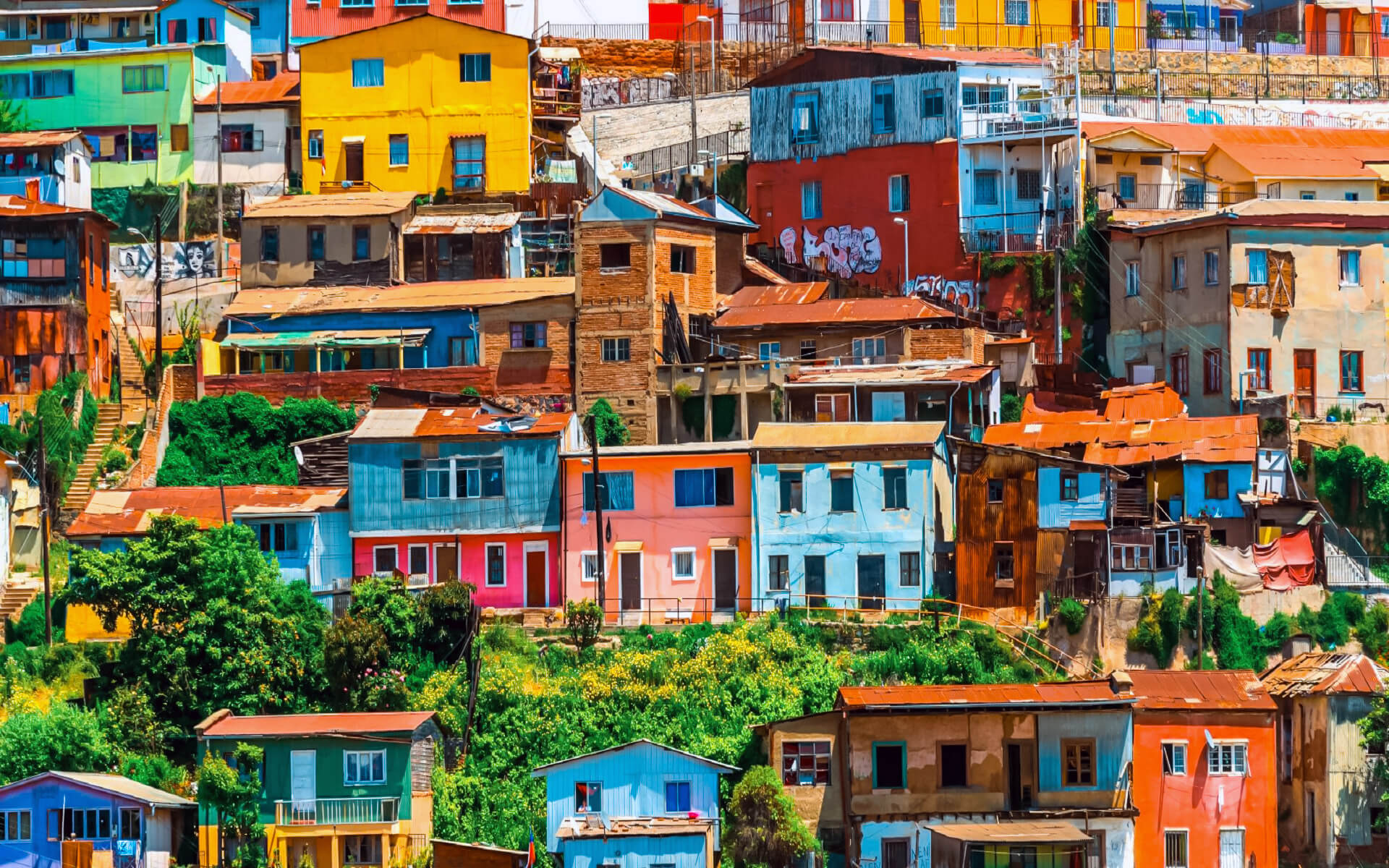Valparaíso is a large city, seaport, and educational hub in Chile’s Valparaíso county or commune. Greater Valparaíso is the country’s second biggest metropolitan region. Valparaíso is situated 111.8 kilometers (69.5 miles) northwest of Santiago and is a major seaport in the South Pacific. Valparaíso is the city of Chile’s third most populous administrative area and since 1990 has served as the seat of the Chilean National Congress.
Valparaíso had a significant geopolitical significance in the second half of the nineteenth century, when it served as a key stopover for ships sailing between the Atlantic and Pacific seas through the Magellan Straits. Valparaíso flourished during its golden period as a magnet for European immigration, when the city was dubbed “Little San Francisco” and “The Jewel of the Pacific” by international seafarers. In 2003, the historic neighborhood of Valparaíso was designated a UNESCO World Heritage Site by the United Nations Educational, Scientific, and Cultural Organization (UNESCO).
Valparaíso’s historic glories includes Latin America’s oldest stock exchange, the continent’s first volunteer fire service, Chile’s first public library, and El Mercurio de Valparaso, the world’s oldest Spanish language newspaper still in continuous production.
Valparaíso did not do well in the second part of the twentieth century, as many rich families fled the city. The Panama Canal’s inauguration and subsequent decline in ship traffic inflicted a devastating blow to Valparaíso’s port-based economy. However, during the last 15 years, the city has seen a remarkable resurgence, luring a slew of artists and cultural entrepreneurs to its hillside old areas. Today, hundreds of visitors from all over the globe go to Valparaíso to marvel at the city’s unique maze of cobblestone streets and vibrant architecture. Valparaíso’s port remains a key distribution hub for container traffic, copper exports, and fruit exports. Valparaíso is also gaining popularity as a destination for cruise ships visiting throughout the South American summer. Valparaíso, most notably, has developed into a major educational hub, with four big conventional universities and numerous large technical institutions. The city embodies Chilean culture, with annual festivals and a slew of street performers and singers.


